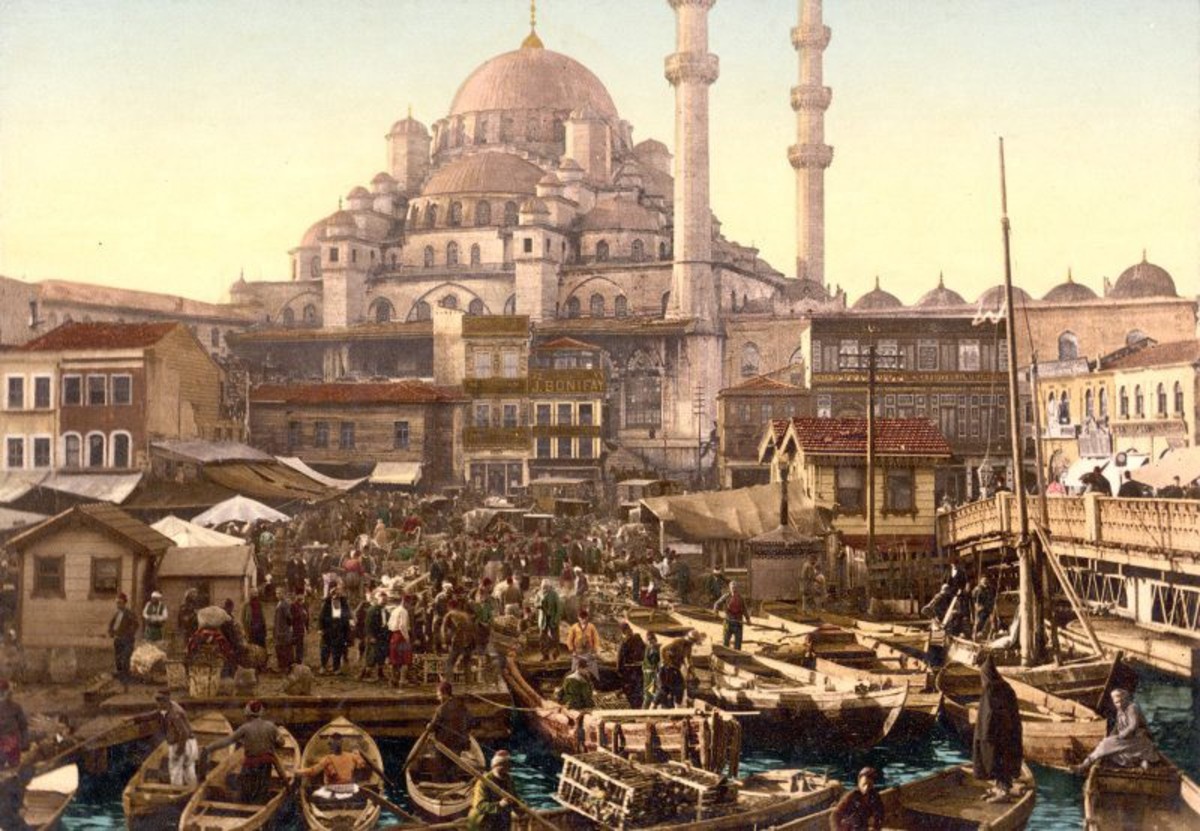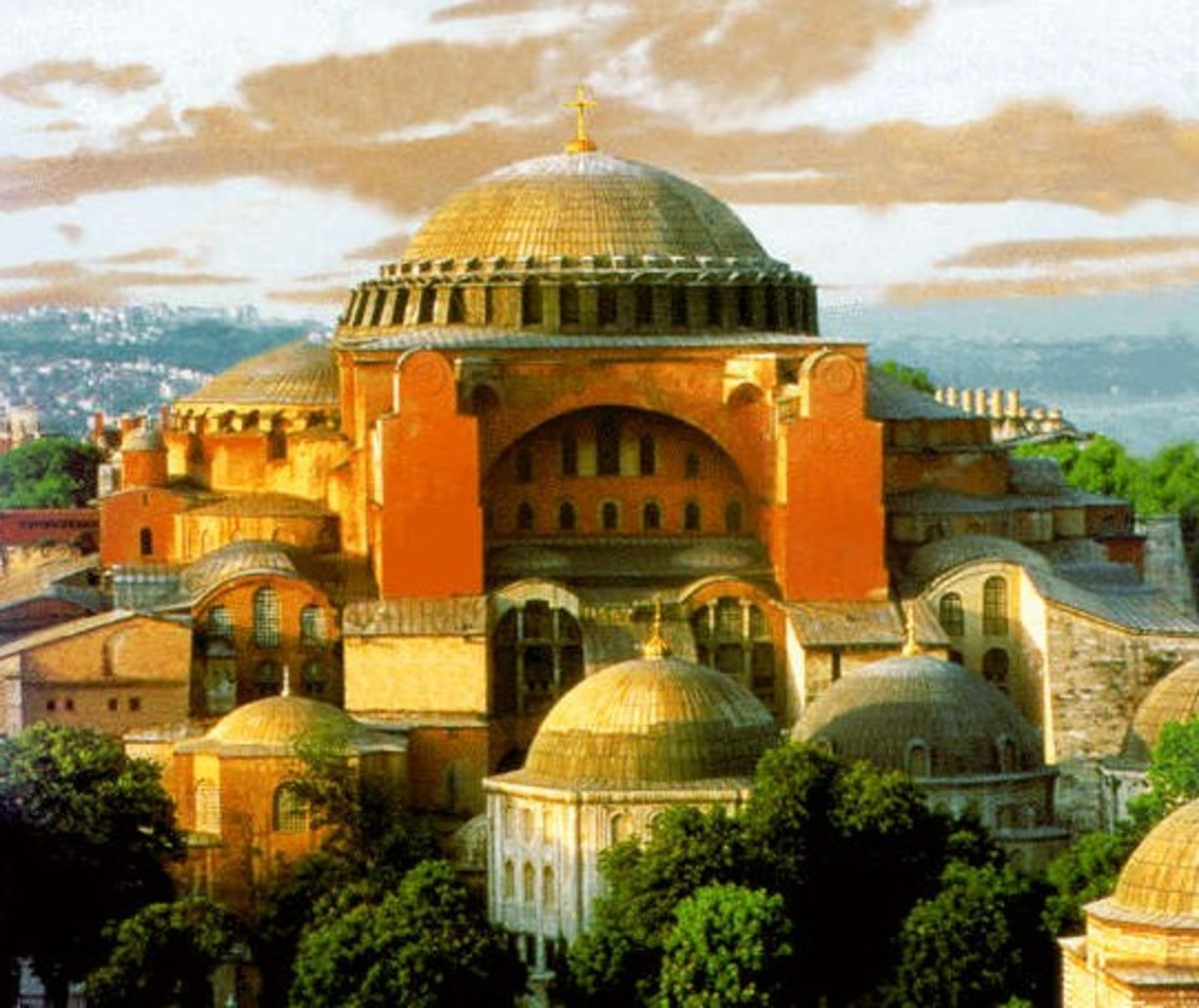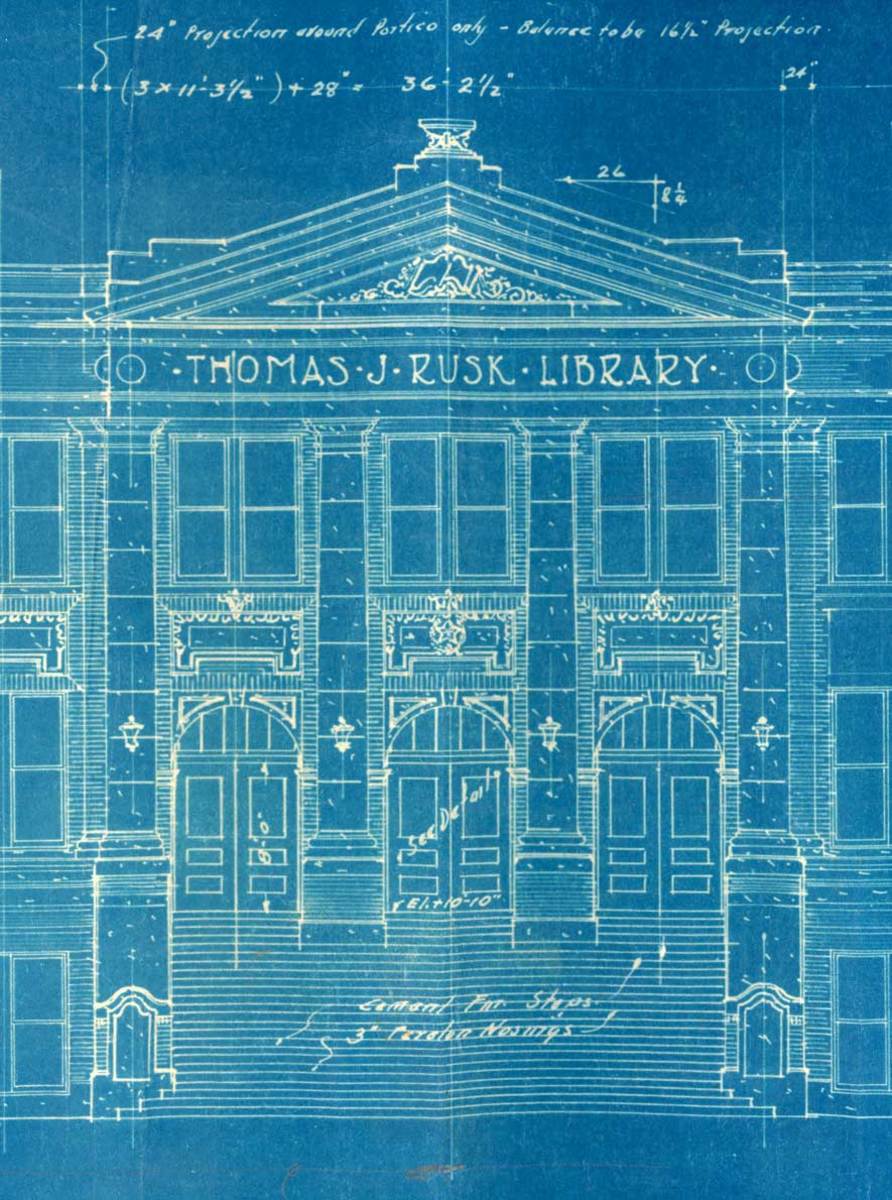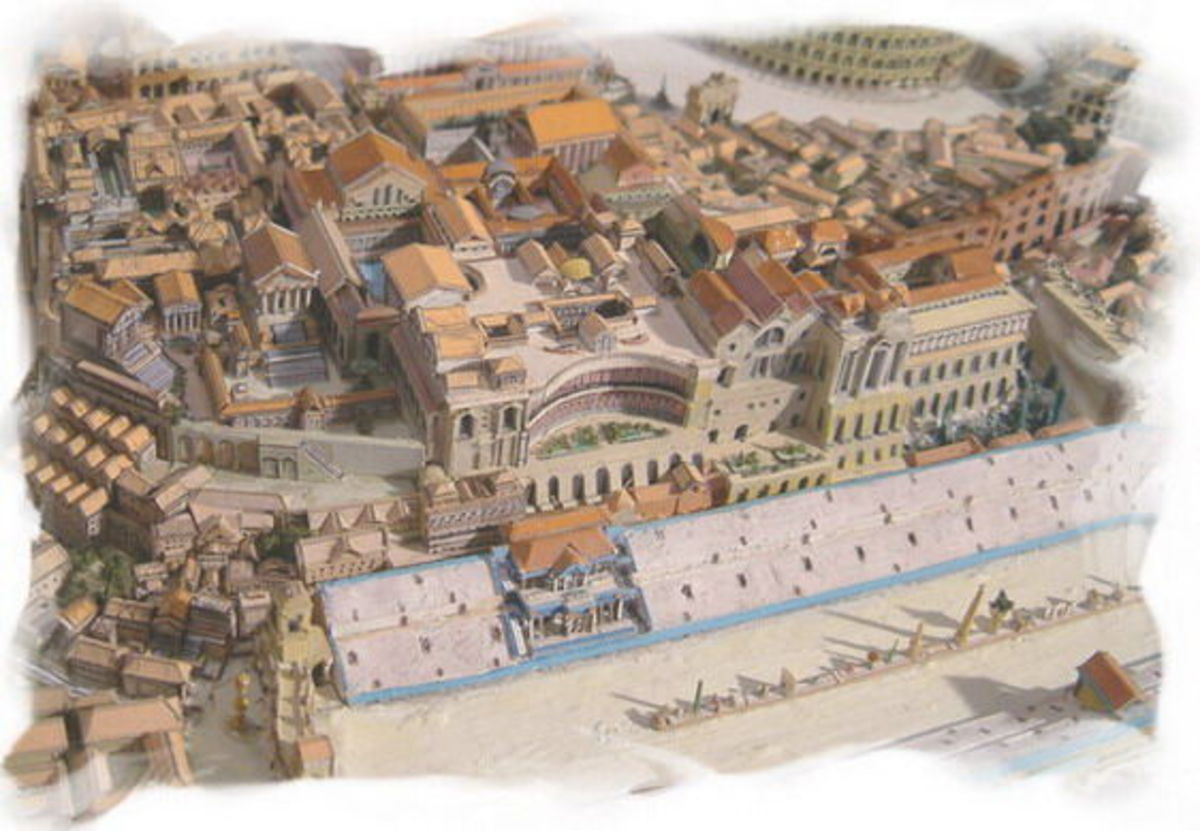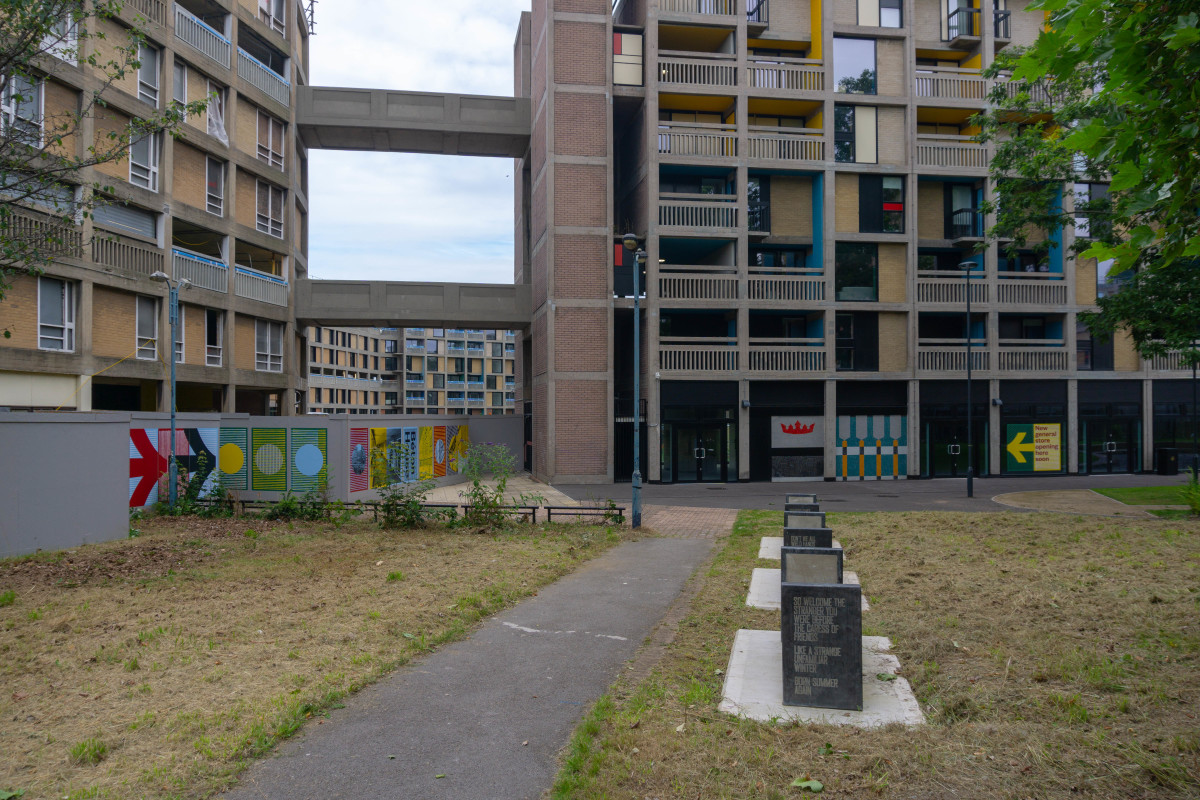Byzantine Art and Architecture: aesthetic multiculturalism
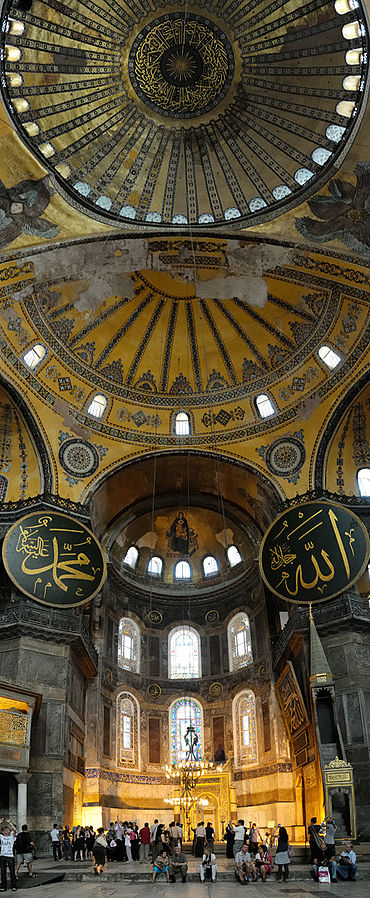
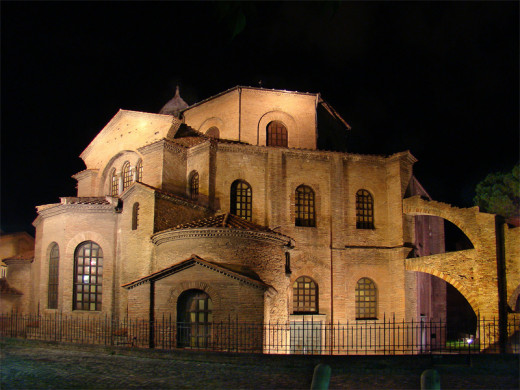
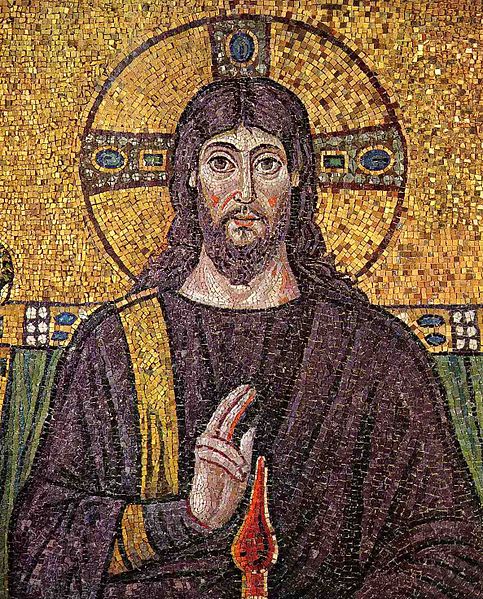
The Byzantine Empire was created after the Roman Emperor Diocletian divided the Roman Empire into westerly and easterly parts in AD 285; the Western Roman Empire was centered of course in Rome while the Eastern Roman Empire was in Asia Minor. During the early 4th century AD, the Emperor Constantine established the capitol of the east on the Bosphorus and called it Constantinople (now known as Istanbul). Constantinople would come to be a large and prosperous city not only during the years of a fading Roman Empire, but into the Middle Ages as a center for Eastern Orthodox Christianity. Out of the emergence of this new easterly kingdom, taking cues from Roman and near eastern aesthetics, came the Byzantine style.
Authentic examples Byzantine decorative art and architecture are not copious, as is common with any ancient art forms, and therefore sources for its definition come not only from Istanbul but from the coastal city of Ravenna in Italy and other locations that once stood within the boundaries of Byzantine influence. Byzantine churches contained profound examples of the Byzantine: the Hagia Sophia in Istanbul being the most famous structure associated with it.
Byzantine mosaics and frescoes and other similar Christian artworks have many of them long been eroded or torn out of ancient buildings that stood during the Byzantine Era hence, in creating a comprehensive visual imagining of Byzantine design, literary sources, like the writings from Byzantine rulers like Emperor Constantine VII or Constantine VII Porphygenitus have been invaluable as have the journals of Luidprand, Bishop of Cremona, a cleric and historian that lived during the 10th century A.D. Their description can be merged with the scattering of Byzantine structures and artworks that still exist.
Byzantine style began to be applied to art and architecture after Christianity was adopted by the Romans. Of course, the development of a Byzantine aesthetic was also catalyzed by the relocation of the Roman capital to Constantinople. Given history and locale, a greater understanding can be had of the artistic and cultural enmeshment that took place, in the borrowing of Greek forms, like the Hippodrome, and Roman architecture like the basilica, but also in use of columns, domes, vaults and arches, materials like brick and marble, like in mosaic craft work, and ornate decorations in gold, silver and bronze, carved bone and ivory, and textiles.
While Byzantine art is an amalgamation of influences, it is fundamentally a vibrant expression of Christian imagery and symbolism. The style of Byzantine art is at once classical and simplistic, begging the question as to if the aesthetic was a regression of artist complexity or perhaps one that was more described as purposely abstract and counter-realistic. Byzantine art stood at the crossroads of two civilizations, Thus, the style was one that had to bridge the gap in culture and sensibilities during a tumultuous time and in general either depicted religious themes and images, like portraits of saints or of biblical stories, or political/secular ones, as in portraits of emperors, consuls, or other important figures.
Eventually, with the incursion and conquest by the Ottomans, Byzantine architecture and décor would add to it Islamic design elements and decorative traditions, motifs, and even Arabic script – as can be seen in use of decorative tiles and hanging textiles.But it worked both ways: Byzantine use of light and space can be seen in the construction of the Moorish Islamic construction of Alhambra of Grenada in Spain.

